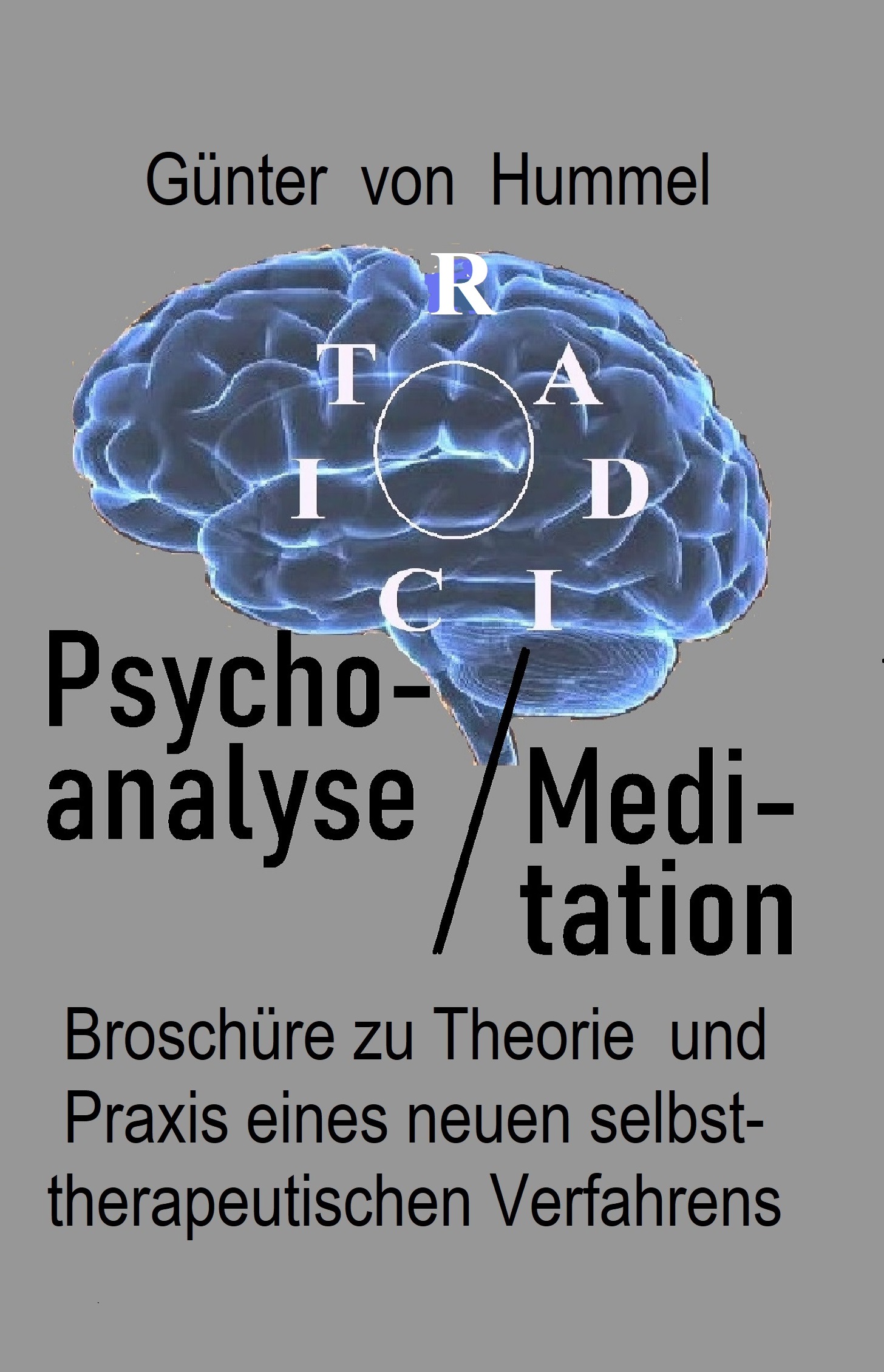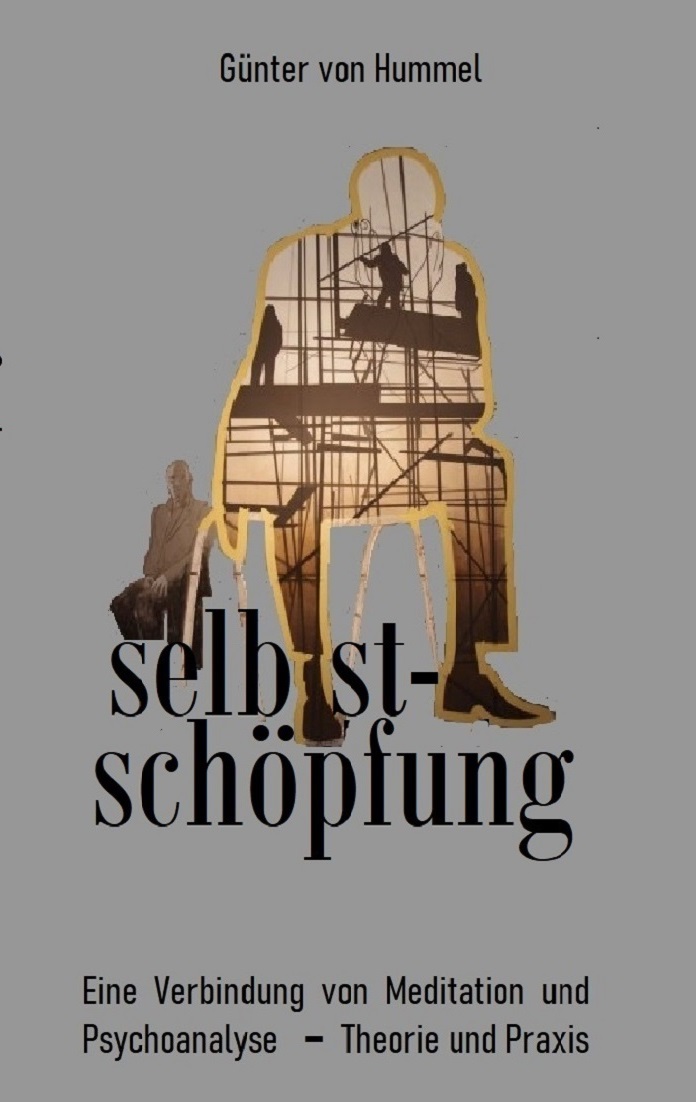There is a story about Sawan Singh, which enlightens the process of precognition and with that, the 'urgent, sincere look' or imaginary signifier. (and with that the 'urgent gaze' or imaginary signifier.) In a small round, he once called on his devotees to confess their sins. Some replied.
It was known, that they weren't murderers nor were they thieves. Since they remained seated, feeling guilty in the presence of his revealing gaze, it was obvious, that talk had to do with the frequent abortions (also a déjà raconté) of those times. When I once came to a lounge in a cardiovascular clinic during an evening tour, the patients there made a similar guilty impression.
At once it was clear to me, that I hadn't caught them at theft or that they were hiding a few prostitutes in the back room. It was obvious, that they had been celebrating somehow and had broken some rules of conduct. A look behind the tables was enough: there were cases of beer and pots with veal sausages! Precognition is a science of assumption, or conjectures. Precise assumptions lead to 'clairvoyance'.1
They lead to an exact and illustrative cognition (If one already has a clear view of such precise assumptions, they will cause a transference with its exact interpretation, thus managing to produce a piece of correct psychoanalysis for a moment.) This multiple synchronal gaze, or 'imaginary signifier' (the 'light' and its combination with the 'verbal' one, 'sound'), is illustrated in fig. 3. Three different views (a flowery curtain, outlined fish and a high rise) overlap and interlace each other.
This is best way to explain the origin of unconscious perception processes in human beings, and also, the effect of Kirpal Singh's gaze.
1 Conjectural science is part of mathematical sciences, which is why it is just as exact.


